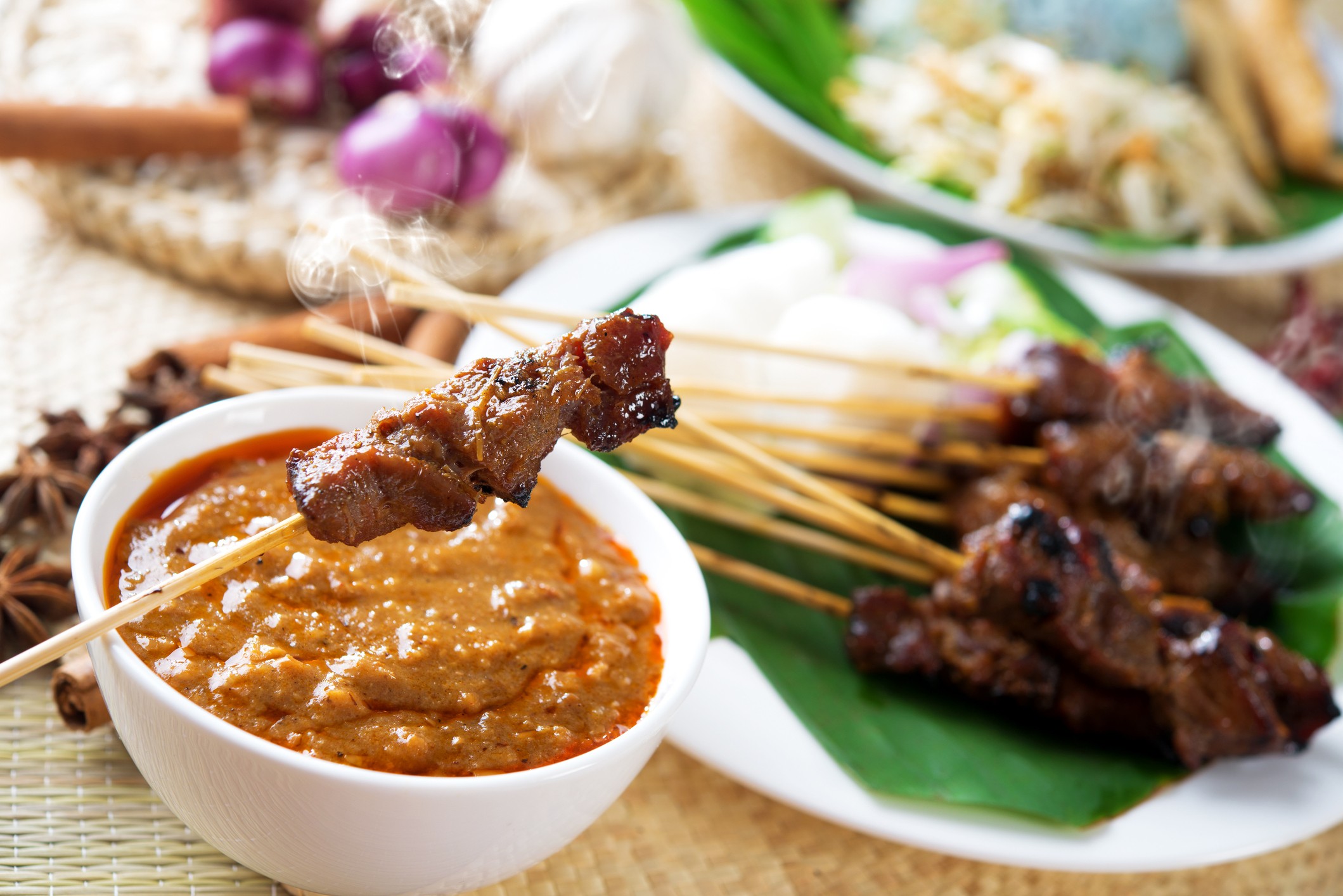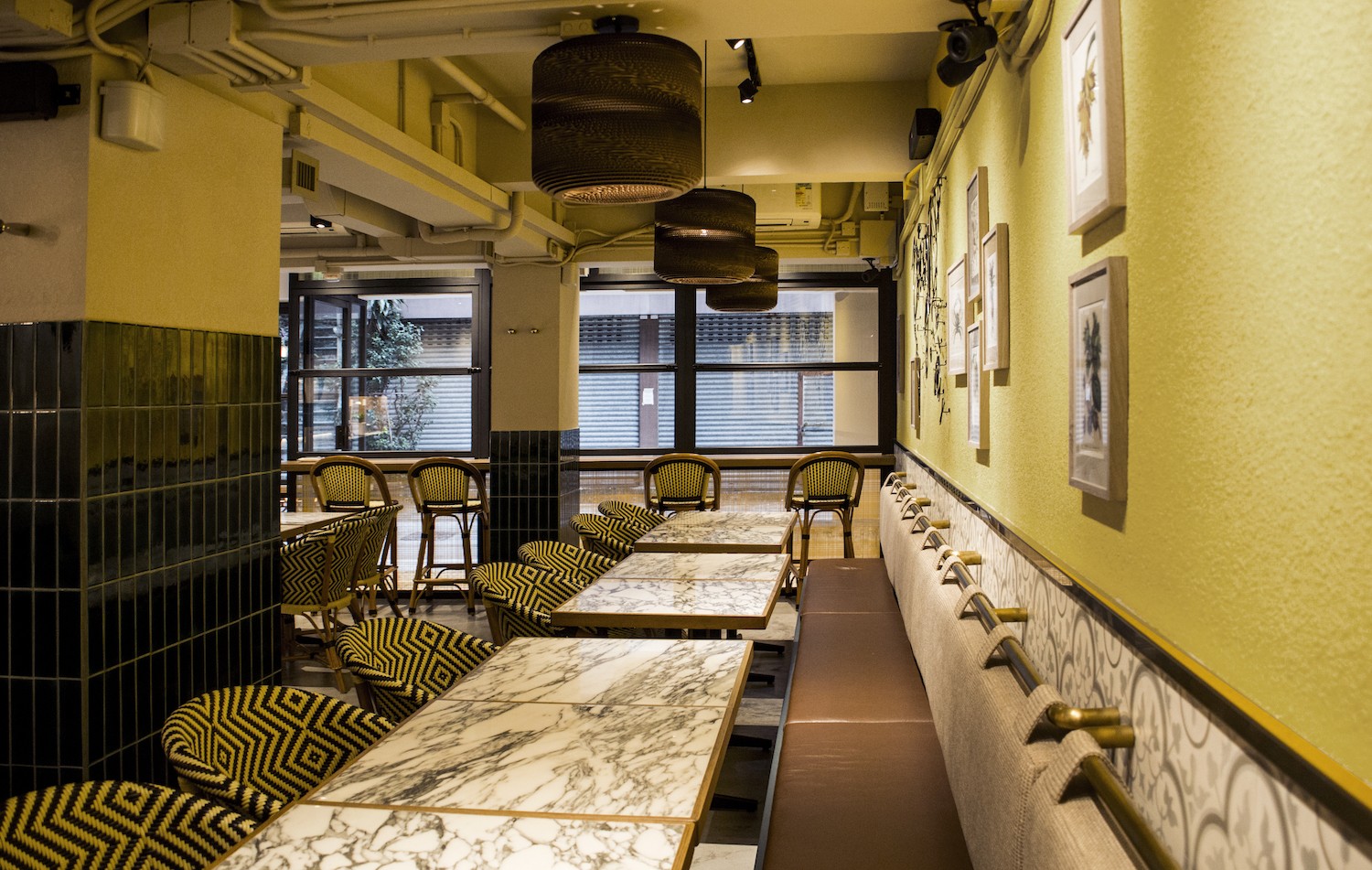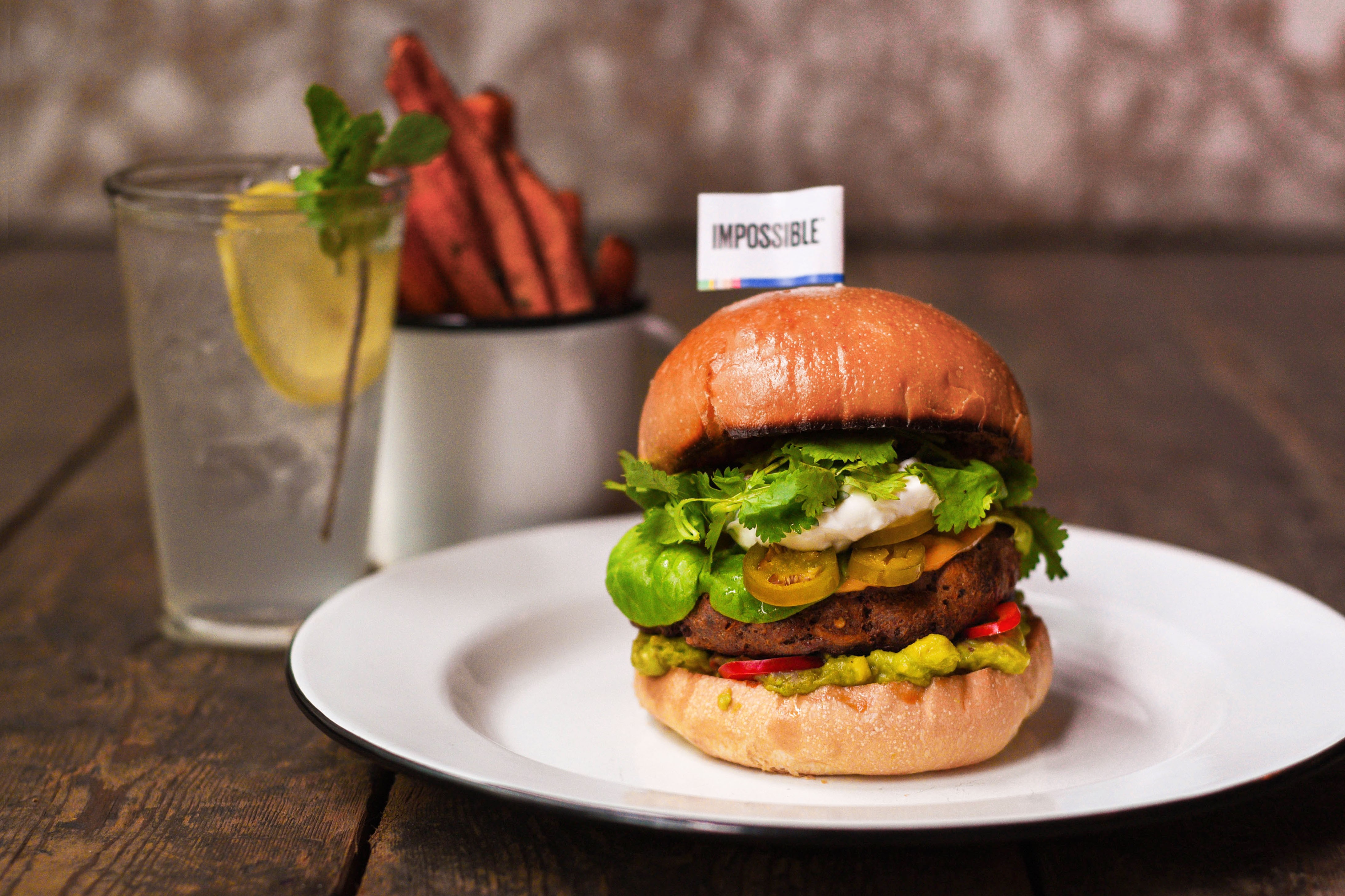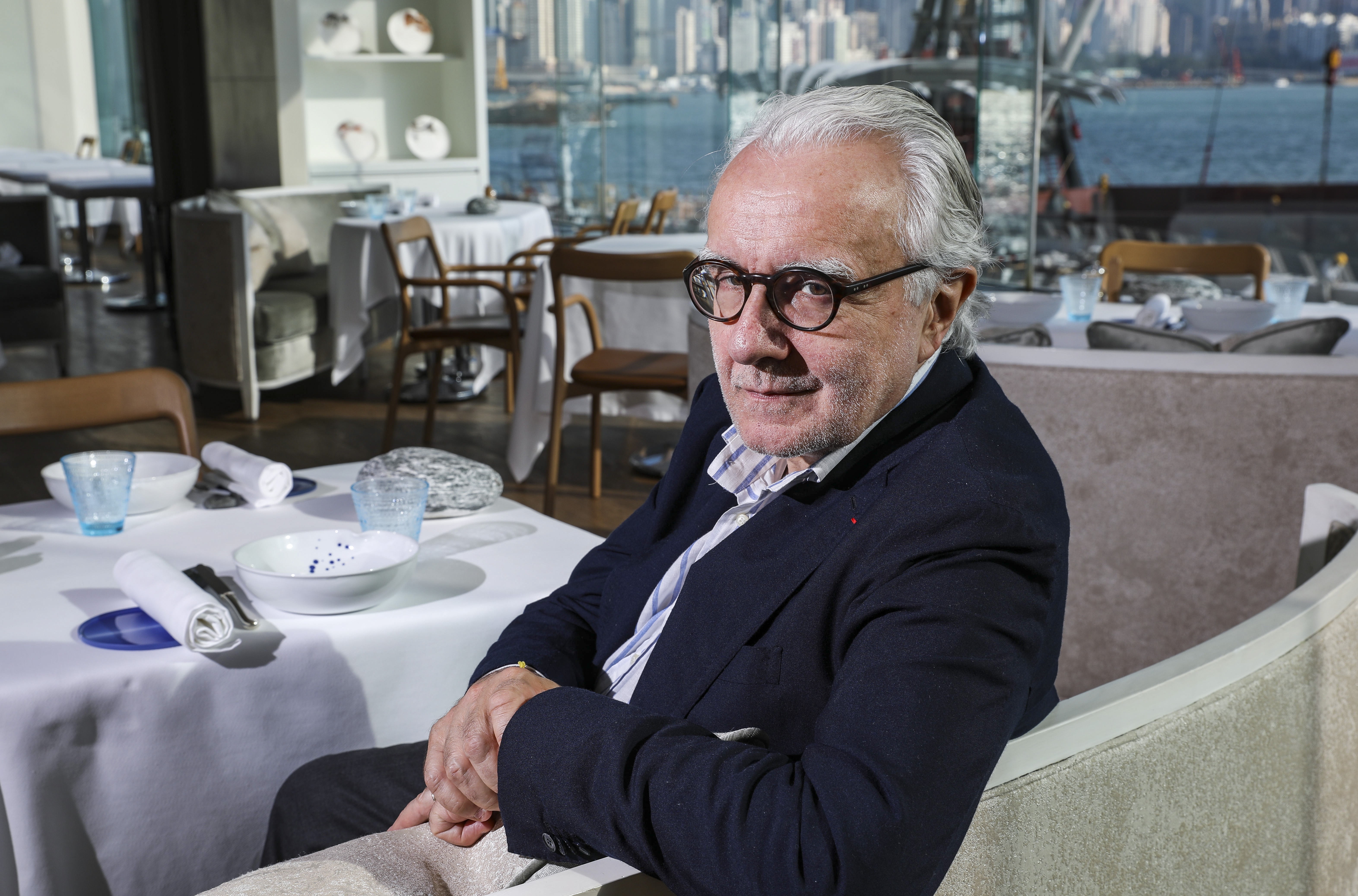Asian fish sauce: how is it made, and does Thailand or Vietnam have the better version?

Salted and fermented anchovies or small fish form the backbone of East and Southeast Asian cuisine, but do you like Vietnam’s delicately flavoured sauce or the stronger, ‘funkier’ rival?
When many of us think of Asian fish sauce, we think of Thai nam pla. But some chefs believe that it should be the Vietnamese version – nuoc nam – that deserves the recognition and the glory.
There’s a big difference between Thai and Vietnamese fish sauce – Vietnamese is far superior. I haven’t come across a Thai fish sauce as good
“Fish sauce is very important in Vietnamese cuisine: actually it makes or breaks a dish,” says star chef Que Vinh Dang, who opened his contemporary Vietnamese restaurant, Nhau, in Central, Hong Kong, earlier this year.
“There’s a big difference between Thai and Vietnamese fish sauce – Vietnamese is far superior. I haven’t so far come across a Thai fish sauce as good,” he adds.
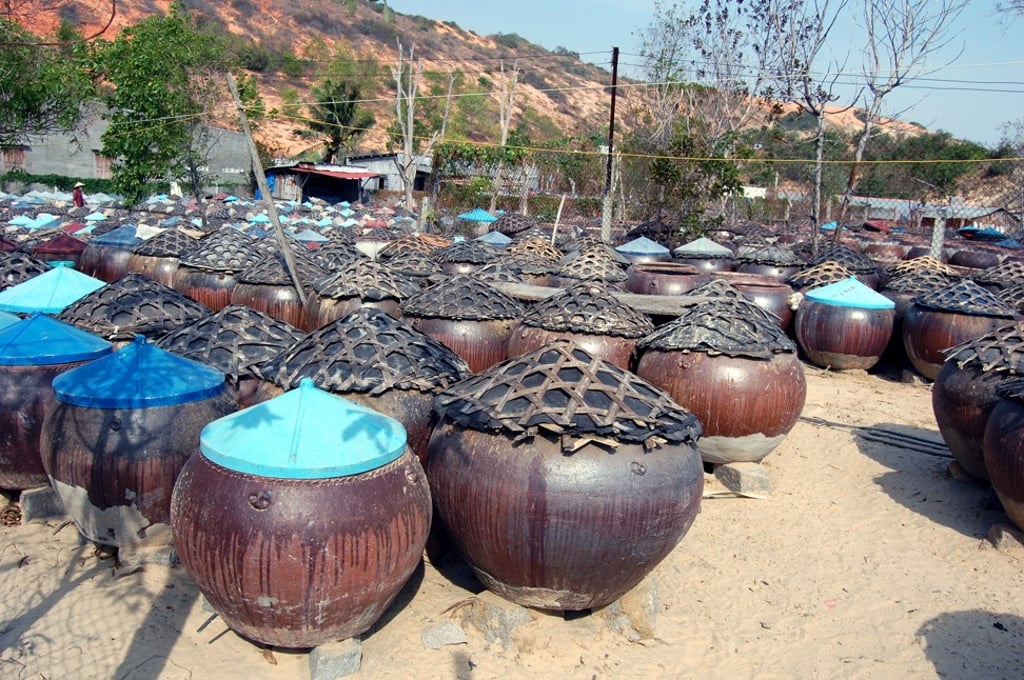
Usually fish sauce is made from anchovies, or any fish or krill considered too small for substantial eating. Traditionally, the fish is packed between layers of salt in an earthenware vessel. A bamboo mat is placed over the top, and held in position with a weight.
The vessels are then covered with an airtight lid and left in a warm sunny spot to ferment for up to a year. As the fish break down, they release a brown liquid, which is drained from a tap at the bottom of the vessel.
This liquid is the backbone of Eastern Asian cuisine. In Korea it is called aek jeot, in the Philippines, patis, and in Cambodia, toeuk trey.
Vietnamese fish sauce is usually lighter in flavour than the Thai version, with the highest quality sauce being transparent and lightly amber coloured, with a delicate smell. Fish sauce is graded, like olive oil, in levels of quality and price.
Fish sauce is very important in Vietnamese cuisine: actually it makes or breaks a dish
The grades are dictated by nitrogen levels in the sauce, with anything over 30N considered high-grade, and 40N being optimal. Anything beyond 40N is an extract. Most fish sauce on the market falls within the mid-20N range.






